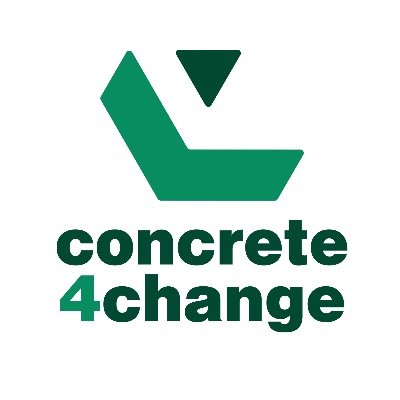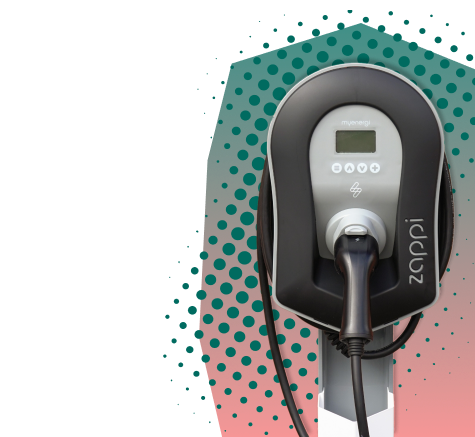First things first – what are carbon capture and carbon storage?
Carbon capture and storage (CCS) is a set of technologies that can be used to reduce greenhouse gas emissions from industrial processes and power generation. The process involves capturing carbon dioxide (CO2) from large sources such as fossil fuel power plants, compressing it into a liquid form, and storing it deep underground or in other long-term storage solutions. Globally, CCUS (carbon capture, utilization and storage) facilities currently capture around 45 Mt CO2, but that number has to increase, according to the IEA.
The goal of CCS is to prevent the release of large amounts of CO2 into the atmosphere, thereby helping to mitigate the effects of climate change. While the technology has been in development for several decades, it has yet to be widely adopted on a commercial scale due to a variety of technical, economic, and political barriers.
However, as the world continues to grapple with the effects of climate change, there is growing interest in CCS as a potential solution to reduce emissions from major industrial sectors. Many countries, including the United States, Canada, and Australia, have launched research and development programs aimed at advancing these technologies and paving the way for commercial deployment. The EU has made CCS a part of their strategic long-term vision for decarbonization.
There are several different types of CCS technologies that are currently being developed and tested, including pre-combustion capture, post-combustion capture, and oxy-fuel combustion. Pre-combustion capture involves capturing CO2 before it is released during the combustion of fossil fuels, while post-combustion capture involves capturing CO2 from the flue gas produced during combustion. Oxy-fuel combustion involves burning fossil fuels in pure oxygen, which produces a concentrated stream of CO2 that can be more easily captured.
In addition to developing new CCS technologies, there is also a need to address the legal and regulatory frameworks necessary for large-scale deployment. This includes developing standards for safe storage and monitoring of CO2, as well as addressing issues related to liability and ownership of stored CO2.
Overall, the development and deployment of CCS technologies will be critical in achieving global climate goals, and many countries and companies are investing in research and development efforts to make it a reality. Compared to the US market, it seems that Europe is still catching up with CCS, hence why we decided to spotlight five Europe-based start-ups paving the way for this technology.
5 start-ups paving the way for carbon capture and storage in Europe:
Berlin-based NeoCarbon provides a Direct Air Capture (DAC) technology that leverages cooling towers. They focus on repurposing existing industrial cooling towers, which already have the right conditions to suck carbon out of the air, negating the need to construct a brand-new CO2-capturing structure. NeoCarbon also offers quality removal technological credits, from within the EU. Founded in 2021, the company has so far secured €1.25M in a Pre-Seed round of funding.
Founded in 2021, Concrete4Change develops technology for carbon capture and sequestration within the concrete. The technology involves using a carrier material derived from recycled waste that can capture carbon dioxide from any source and release CO2 for optimal carbonation of concrete. The loaded carrier is mixed with concrete, and the CO2 is slowly released inside the concrete for permanent mineralization. Based in the UK, the company has so far raised €2M of funding, including a €1.8M in February 2023.
Oslo-based Aqualung Carbon Capture offers a membrane technology that will speed up decarbonization using an absorbent-free and highly compact carbon capture system for industrial flue gas and biogas. Their technology is the culmination of 20 years of research from the Norwegian University of Science and Technology (“NTNU”). Founded in 2021, the company has so far secured €9.96M of funding, including a corporate round in February 2023.
Germany-based Greenlyte Carbon Technologies develops a direct air carbon capture technology that captures CO2 while generating hydrogen as a byproduct. The technology operates at an unprecedented level of energy efficiency, using a liquid sorbent solution to absorb CO2 and hydrogen simultaneously before precipitating it as hydrogen carbonate and desorbing it through either alkaline water electrolysis or thermal low-calorific waste heat. Founded in 2022, the company has so far raised €3.27M of Pre-Seed funding in March 2023.
Founded in 2022, Silicate removes carbon dioxide from the atmosphere by the use of enhanced weathering. They process surplus concrete from the construction sector and change it into a weathering agent that is spread on agricultural soils. The sequestered carbon is verified and geosphere-based carbon removal credits are generated. Based in Ireland, they have so far secured €245K of funding through an award in March 2023.
Since decarbonization is slowly becoming one of the most crucial sectors within GreenTech, there is an increase in the importance of having a skilled workforce. At Storm4, we pride ourselves on working with the best talent across all GreenTech sectors, so in case you’re looking to expand your team, don’t hesitate to contact us to accelerate the mission of a more sustainable future.
















